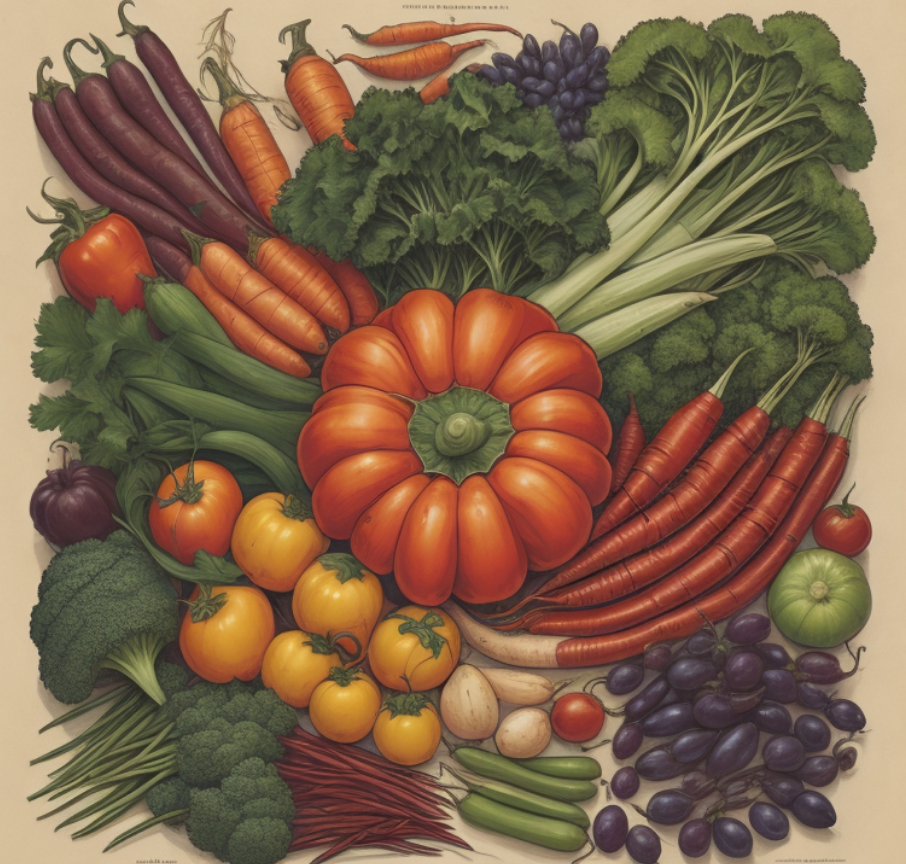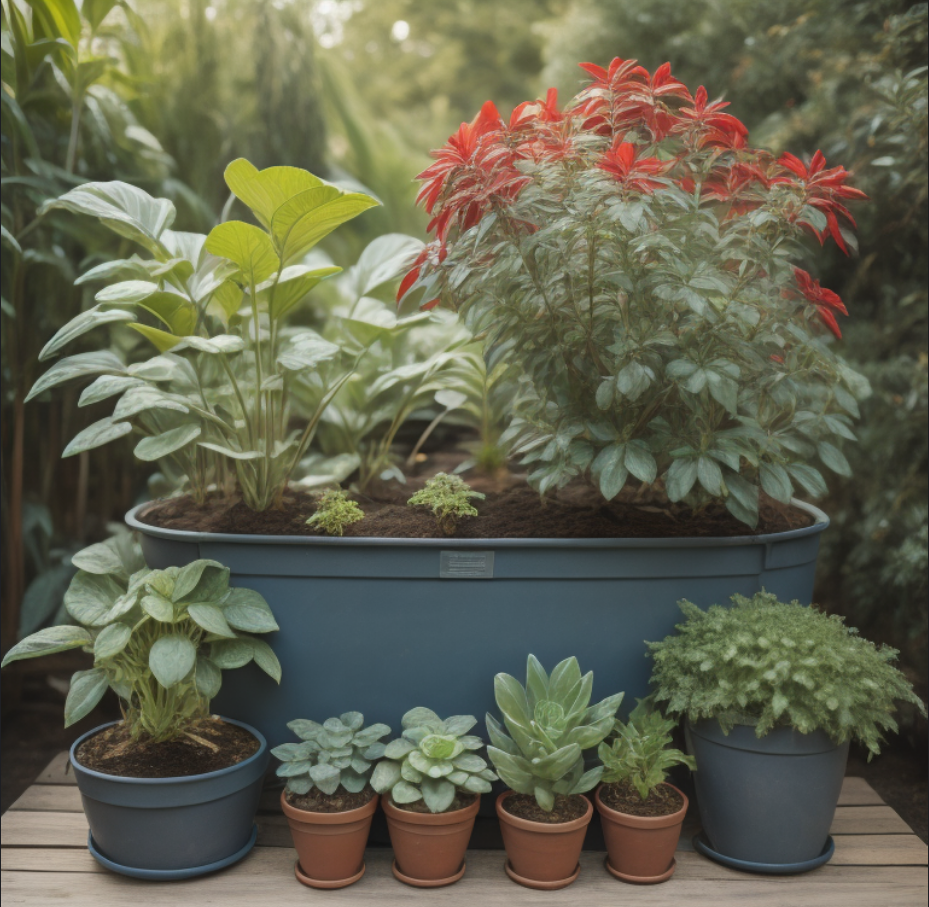- Rain Barrels Rule!
Once again, the local newspaper’s Home and Garden section has come through for me! I have a barrel that I scored for FREE (which is another story to be told soon), and I am planning to make a rainwater barrel out of it. I can’t think of a more sustainable way to keep the Little Hands Garden happy and thriving.
Here is the article posted last Sunday that will be a great help as I set out to turn my free empty barrel into a rain barrel.
Samuel Hoffman | The Journal Gazette – Fort Wayne Indiana
Gardeners can customize their rain barrel setups as needed, such as with a diverter assembly.
Published: June 12, 2011 3:00 a.m.
Build your own rain barrel
Tap downspouts for free source of water for yard with master gardener’s advice
Rosa Salter Rodriguez | The Journal Gazette
Photos by Samuel Hoffman | The Journal Gazette
Rain barrels can help gardeners save money on watering, and they don’t have to be expensive. Kyle McDermott demonstrates how to make one from an old rolling trash bin at the local Purdue Extension office, which offers advice on building and using rain barrels.
Parts for making a homemade rain barrel should cost about $20.
The Journal Gazette
For gardeners, the concept of a rain barrel isn’t too hard to grasp.
You just catch the free water that flows off a roof now and use that instead of expensive tap water later to refresh vegetables, shrubs and flowers.
The mechanics of actually setting up a functioning rain barrel? Now there’s a problem. But it’s one that Lyle McDermott of Fort Wayne is trying to help solve.
McDermott, a master gardener, has been teaching area residents how to assemble rain barrel systems. And you don’t have to be a mechanical or botanical genius to get them working for you, he says. You just need to be willing to do a little math and have some rudimentary assembly skills.
“I’m a simple guy, so I believe in simple,” says McDermott, 68. “I show the easy and inexpensive way. For something like $20, not including the barrel, they can have one put together.”
McDermott says there are three major issues to consider in setting up a rain barrel system.
The first is figuring out how much storage capacity is optimal. Many gardeners, he says, drastically underestimate both how much rain will run off a given roof and how much water it will take to quench the thirst of a drought-stricken garden.
“A 1,000-square-foot roof – that’s only 50 by 20 feet – will produce about 500 gallons with an inch of rain. That’s 10 of these (typical) rain barrels,” McDermott says.
While 500 gallons may sound like a lot of water, it probably can be used up in a couple of days in a proper deep watering of a 10-by-16-foot vegetable garden, he notes.
Given that a house could have 5,000 square feet of roof, it might take 50 barrels to catch all that rain.
“So you have to be realistic in your expectations and not expect to collect every drop,” McDermott says.
Still, the problem of a lot of water is not insurmountable. McDermott has devised a way to link several rain barrels together with inexpensive hosing to fill them successively. An ideal system, he says, places two or three connected barrels under the gutter downspout at each of the four corners of a basic roof, hiding them behind shrubs, he says.
If they still can’t catch all the rain, a hose connected to the third barrel can direct water to a rain garden, a garden filled with water-loving plants, he says.
Or during heavy rainstorms, gardeners can always disconnect the downspout from the barrel and allow the water to go where it would if there was no barrel. McDermott stresses that it’s important to divert overflow water away from the home’s foundation if large amounts of overflow are anticipated.
The second issue, he says, is that standing water, especially if there’s any organic debris in it, can be a breeding ground for mosquitoes, which can carry West Nile virus.
So, McDermott says, any barrel should be tightly closed with even small openings screened. Ideally, its top should not be flat so as not to gather standing water, as mosquitoes can breed in just a couple tablespoonfuls of water.
McDermott likes to use barrels from Sechler’s Pickles in St. Joe, which are slightly domed. Barrels are available to the public for $10 to $20, says Max Troyer, Sechler’s owner. He advises an advance call to 260-337-5461 to check availability.
Pest-control devices called mosquito dunks and mosquito bits are another way to prevent breeding, says Ricky Kemery, horticulture educator with the Allen County branch of Purdue Extension at IPFW.
The dunks and bits contain harmless bacteria that kill mosquito larvae, he says. Dunks are put in the barrels, and bits can be sprinkled on top.
“They won’t hurt the plants,” he says. “You above all don’t want the barrel to be a mosquito breeding pit.”
The third issue is water transport. Yes, water is heavy – it weighs more than 8 pounds a gallon. That means in most cases, there should be a way of connecting a hose near the bottom of the barrel, although a simple spigot works for those willing to carry water to their plants.
McDermott says the pressure of the water above the hose connection is usually enough to get liquid through a length of hose or to a soaker hose.
The need to get a hose or container easily under the spigot makes him advise gardeners to place a rain barrel or barrels on top of sturdy, stacked concrete blocks or bricks or a platform made from treated lumber.
If multiple barrels are linked, the barrel connected directly to the roof gutter should be the highest, to allow gravity to assist in getting the water to subsequent barrels, he says.
The weight of the water in the barrels also leads some gardeners to affix them to the side of the house with metal strapping to keep them upright and avoid a safety hazard, Kemery notes.
McDermott says his system uses simple-to-find plumbing fixtures and standard hoses and nylon screening. The only tools required are a drill or knife and a screwdriver.
McDermott says that with an investment of less than $40, a gardener can save $200 to $400 or more in the cost of water over a single growing season if he or she is a city tap-water user. For a well user, the benefit is conserving water for household use at a time when wells might dip low because of drought, he says.
Another benefit of a rain barrel, Kemery says, is that research suggests plants prefer rain water to treated water. While tap water tends to be on the alkaline side, rain water tends to be slightly acidic, he says. That aids plants in absorbing nutrients, he says.
Kemery has a linked rain barrel system at his own home that incorporates about a half-dozen barrels and a kiddie pool outfitted with a small pump to help transport water to nearby gardens.
Although he doesn’t know how many Fort Wayne- area residents use rain barrels, he says more seem to be thinking about doing so.
“We do know calls (to the extension service) from people who ask about them seem to be increasing. We’ve had more than 20 so far (this year), whereas five years ago it would have been zero,” he says.
He adds that kits are now available at area home stores and garden centers for those who don’t want to go the home-made route.
“Five years ago, would you have seen anybody offering a rain barrel kit? No,” McDermott says.
“But,” Kemery adds, “water is a precious resource, and more people are seeing you need to start using it more effectively.”
Get a barrel
A limited number of rain barrels put together by master gardener Lyle McDermott are for sale at the Purdue Extension Service office for $35, with proceeds benefiting the master gardeners program. There also are instruction sheets available from the office; call 481-6826.
McDermott and fellow gardener Larry Bracht of Fort Wayne are available to speak to groups about rain barrels. McDermott can be reached at 402-5779.
rsalter@jg.net
Link to original article: http://www.journalgazette.net/article/20110612/FEAT07/306129937/1031/BIZ
Here’s another helpful link from fortwaynehomepage.com that includes a video:
http://fortwaynehomepage.net/rsh-fulltext?nxd_id=2565
Digest powered by RSS Digest







